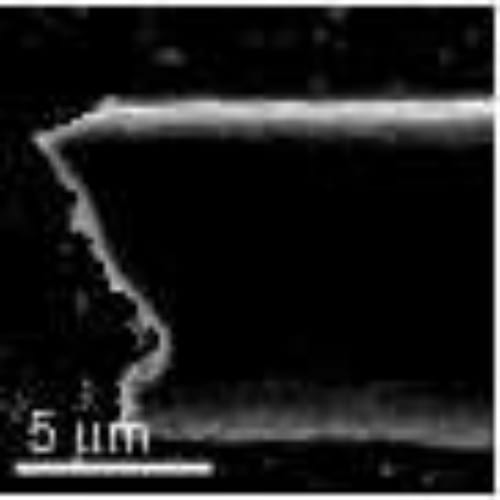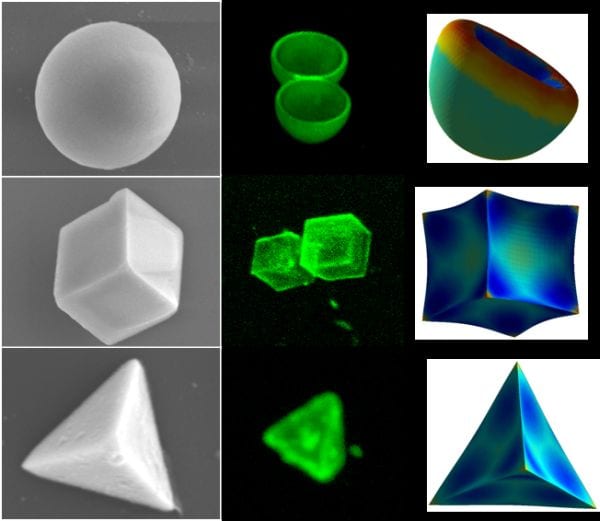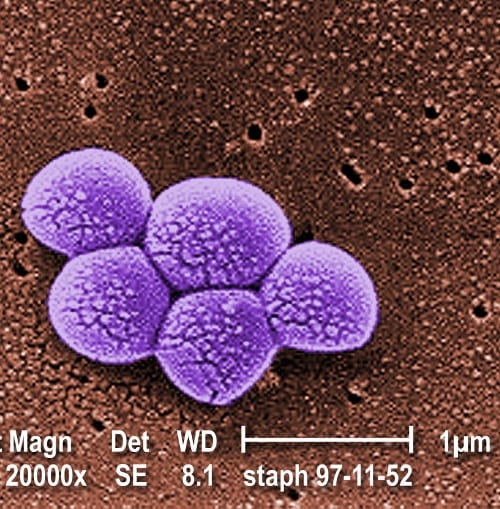A rigorous study by British and Irish scientists demonstrates a clear relationship between alignment and loading of nanotubes in nanocomposites and the nanocomposite mechanical properties.


A rigorous study by British and Irish scientists demonstrates a clear relationship between alignment and loading of nanotubes in nanocomposites and the nanocomposite mechanical properties.

Precise reproduction of inorganic template shape to create hollow cubic and tetrahedral polymeric capsules with excellent pH, shape, and mechanical stability after core removal
Professor Geoffrey Ozin from the University of Toronto shares his thoughts along with those of Professor David Antonelli from the University of Glamorgan, regarding the role that nanochemistry can play in the current hydrogen storage challenge.
French scientists have made light-sensitive memory devices by combining carbon nanotubes and silicon nanowires.
So who owns nanochemistry? Should “all” the credit be given to chemistry pioneers of the past 20-30 years or were the foundations of nanochemistry already laid in the field of colloid chemistry, the origin of which can be traced to a century earlier?
Professor Geoffrey Ozin gives us his thoughts on nanochemistry and photonic metamaterials.

With secondary infections from drug-resistant bacteria a real concern in hospitals worldwide, MIT scientist report a breakthrough that might be able to effect both prevention and cure.
Chitin-silicon dioxide nanocomposite made by self-organization and sol-gel chemistry.
Professor Rod Ruoff, nanoscience researcher at the University of Texas, on his work, his life, and how his knees got him into chemistry…
Nanospheres made of aromatic amino acids: The most rigid organic nanostructures to date.